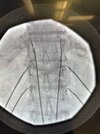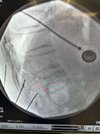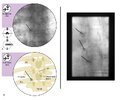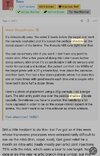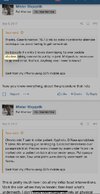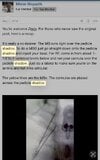T10 down I place like lumbar. Above that, I start in the middle between the spinous processes below, with an upper outward angulation. If I can’t see the TP, I touch down on pedicle and walk it lateral, then up or down if necessary until I can feel I’m on bone.
Most of my patients are Medicare so no issues with denials. The local Medicaid carrier also covers without issue. Some of the BC/BS plans do not. I probably do it mostly for chronic pain at the site of a healed compression fracture.
View attachment 360460

